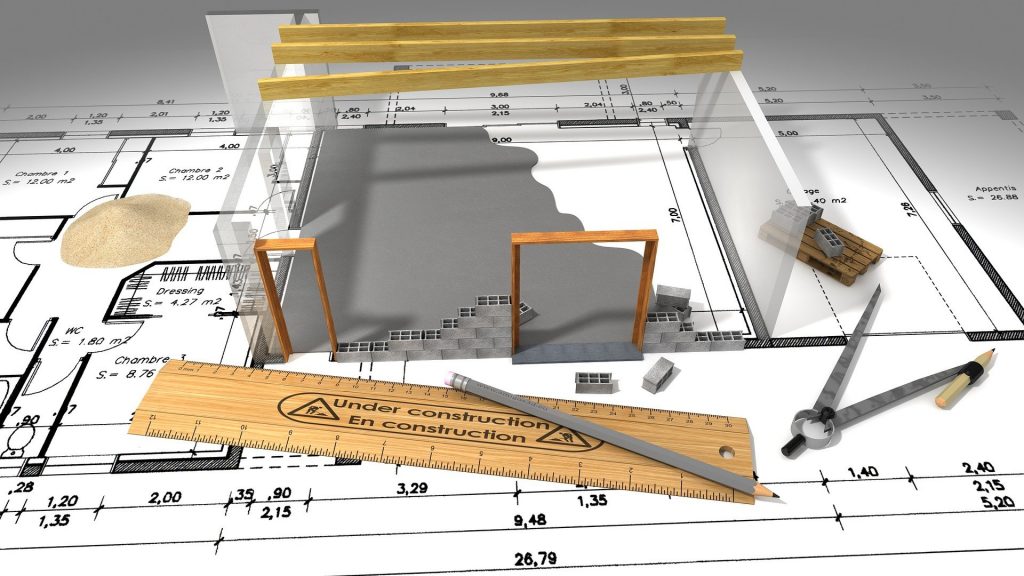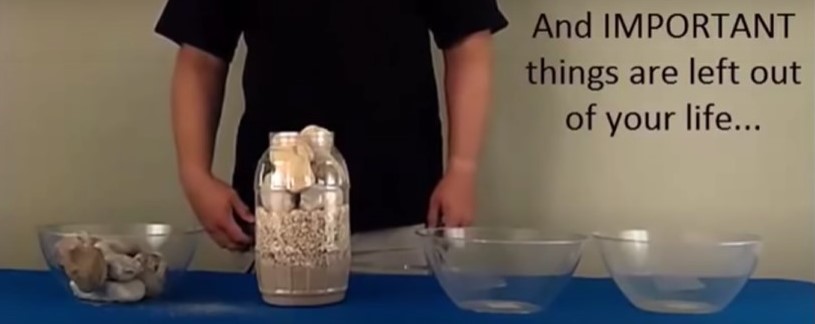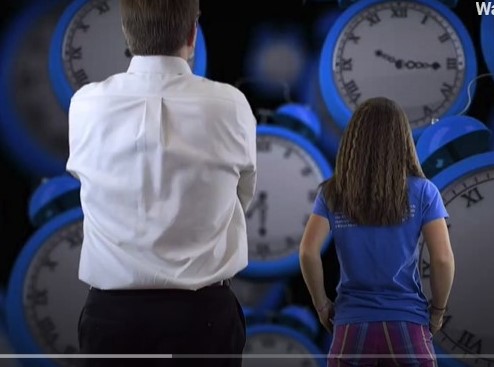This Needs to Be Determined Before We Start Putting the Rocks In
Most of us are familiar with the time/priority analogy of putting rocks in a jar. I first became aware of this in Steven Covey’s book, Seven Habits of Highly Effective People.

If you’re not, here’s how it goes:
One day this expert was speaking to a group of business students and, to drive home a point, used an illustration I’m sure those students will never forget. After I share it with you, you’ll never forget it either.
As this man stood in front of the group of high-powered over-achievers he said, “Okay, time for a quiz.” Then he pulled out a one-gallon, wide-mouthed mason jar and set it on a table in front of him. Then he produced about a dozen fist-sized rocks and carefully placed them, one at a time, into the jar.
When the jar was filled to the top and no more rocks would fit inside, he asked, “Is this jar full?” Everyone in the class said, “Yes.” Then he said, “Really?” He reached under the table and pulled out a bucket of gravel. Then he dumped some gravel in and shook the jar causing pieces of gravel to work themselves down into the spaces between the big rocks.
Then he smiled and asked the group once more, “Is the jar full?” By this time the class was onto him. “Probably not,” one of them answered. “Good!” he replied. And he reached under the table and brought out a bucket of sand. He started dumping the sand in and it went into all the spaces left between the rocks and the gravel. Once more he asked the question, “Is this jar full?”
“No!” the class shouted. Once again he said, “Good!” Then he grabbed a pitcher of water and began to pour it in until the jar was filled to the brim. Then he looked up at the class and asked, “What is the point of this illustration?”
One eager beaver raised his hand and said, “The point is, no matter how full your schedule is, if you try really hard, you can always fit some more things into it!”
“No,” the speaker replied, “that’s not the point. The truth this illustration teaches us is:
If you don’t put the big rocks in first, you’ll never get them in at all.”
Dr. Steven R. Covey, First Things First

I think this is a great example of prioritization.
This analogy uses a wide mouth gallon jar…but what if that’s not the jar we want to use?
This is where we need to start. What is the jar that we want?
Construction projects are like this. They are big jars filled with lots of rocks, gravel, sand and water.
A good construction contractor can help you through the process of determining what jar you want and then help you put the right rocks in, in the right order.
Too many construction customers don’t spend enough time in the beginning thinking and planning for their project. They see construction as a, go to the construction project store and pick something off a shelf.
Unless you’re buying a spec home or a trailer house, construction projects don’t work like that.
Sorting through ideas, designs, finishes, etc. is the time-consuming part. But if this part is done early on…the rest of the project will go much smoother.

This is why you need to decide what kind of jar you want before you start trying to cram in the rocks.





